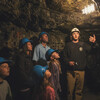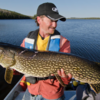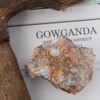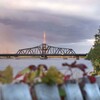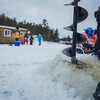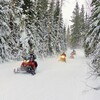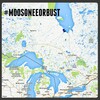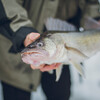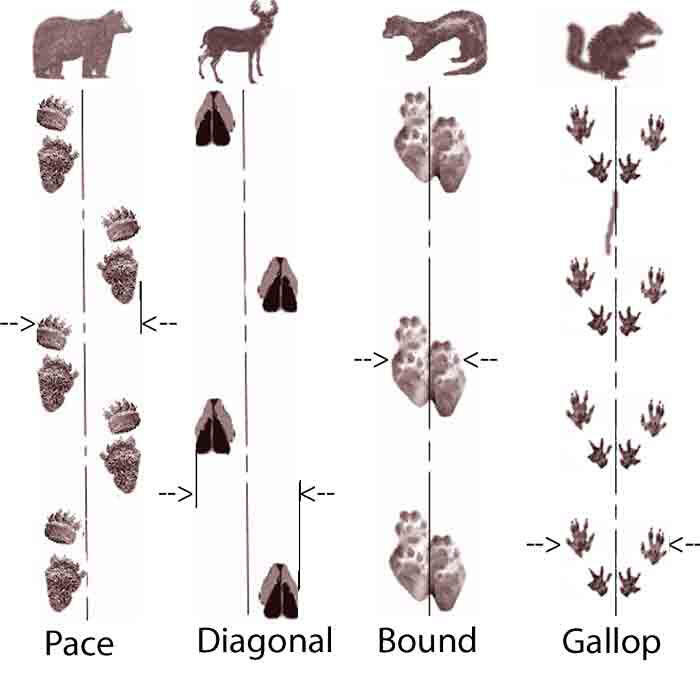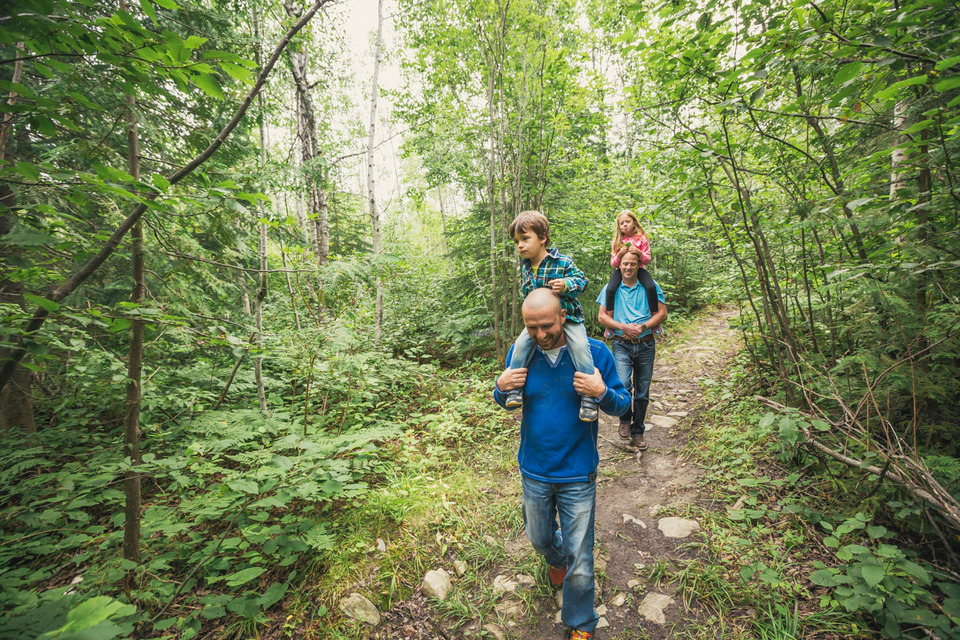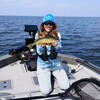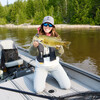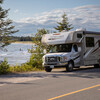
Mountain Lions, Foxes and Bears, Oh My!
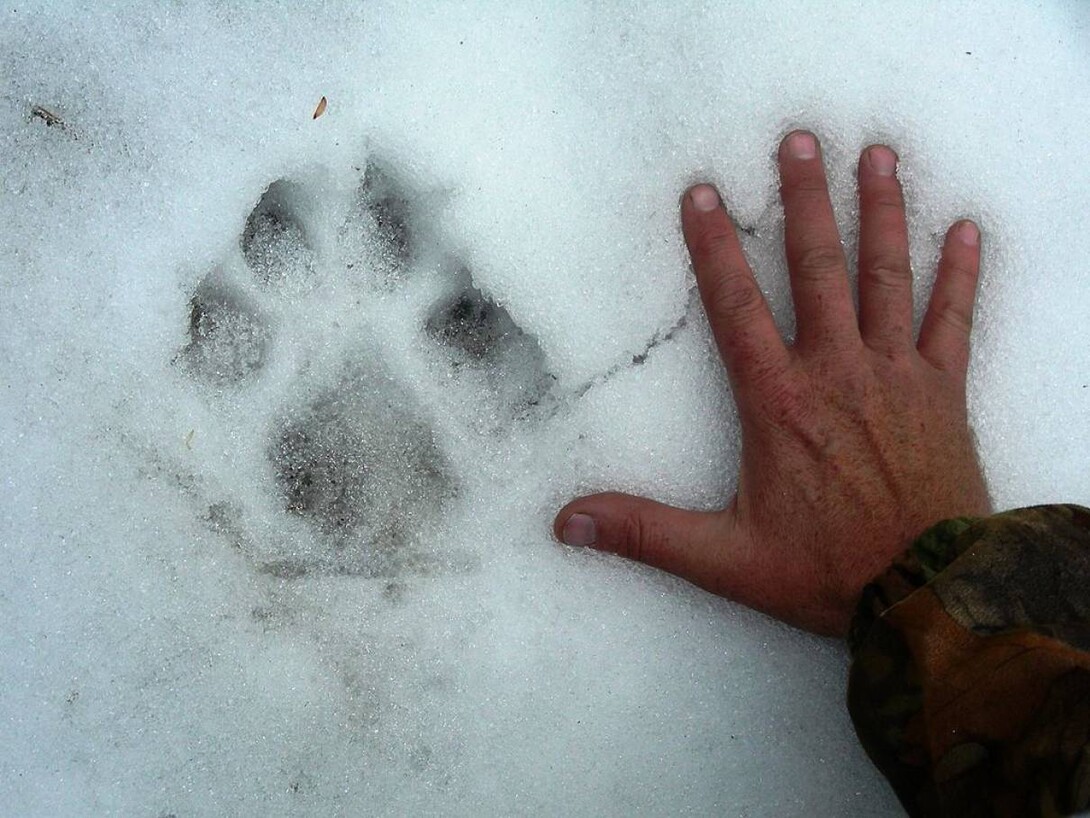
If you’re looking to catch a glimpse of Ontario’s most majestic creatures or simply learn more about the creatures you share a habitat with, animal tracking is a great skill to add to your wilderness toolkit. Northeastern Ontario, with its sly red fox, beautiful snowshoe hare, iconic black bear, magnificent moose and elusive lynx, is a great region to track animals by studying footprints left in fresh snow and earth.
The study of animal footprints dates back to prehistoric times where hunters used tracking to gather food. But you don't have to be out catching your dinner in order to read the landscape and locate fascinating animals. Tracks can be discovered as close as your backyard or nearest provincial park. Tracking can take years to master, but learning to identify animal tracks and signs can open up a fascinating window into the lives of rare or nocturnal animals that can lurk unsuspectingly in your area.
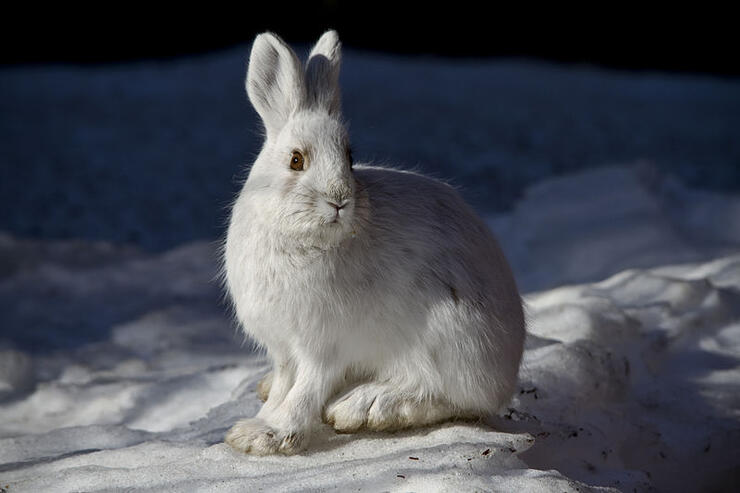
Animal tracks are easiest to find in mud, soft garden soil, sand, and snow. Bill Steer, also known as “Back Roads Bill", founder of the Canadian Ecology Centre in Mattawa, says that winter is a better time to track animals since tracks made in snow are more discernible. He has tracked countless Ontario animals over the years, including the enigmatic sasquatch, and teaches wilderness training in the North Bay area. With his expert advice, I have written some top tips to track animals.
Identifying The Track
Animals can be identified by their foot size, shape and number of toes. The wolf has a larger forepaw than the back and tends to walk in its tracks. Black bear tracks have five toes and wide palm pads, while mountain lion tracks show four round toes and a wider front track.
How do you distinguish bear tracks from sasquatch tracks? According to the Ontario Sasquatch Society, many times bear tracks show signs of claws. Bear tracks are also smaller than sasquatch tracks, and closer examination of the tracks will show the fact that the pronounced heel visible is actually the bear forepaw.
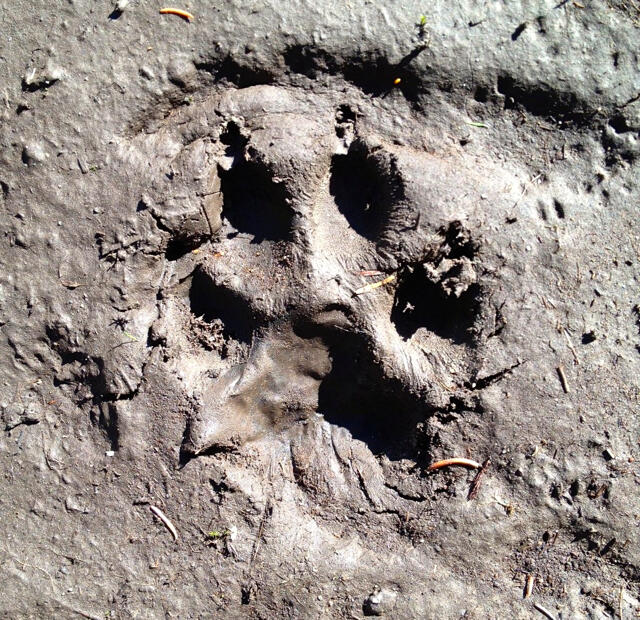
Patterns Of Movement
When looking to track animals, you have to think like an animal. Before setting out, find pictures of particular tracks online or in wilderness guides, and look for distance between marks in snow. Keep in mind that they tend to conserve energy in the winter, and their metabolism slows down, so running is usually prompted by fear or a predator-prey interaction. Animals will travel in the direction of the front of their feet, and their walking (trotting), galloping, bounding or waddling gives strong clues to their identity.
Where To Look
You don’t have to be in remote wilderness or deep forest to be an animal tracker. According to Back Roads Bill, tracks are often found where field and forests meet (edge habitats) and near open water. This is known as the "edge effect," where animals will stay near the forest's edge where the snow is less deep for protection and shelter. Look for areas that contain food sources for herbivores.
When you find tracks of an interesting animal, you may want to measure the length and width of all four tracks. If you find some interesting tracks laid in earth, you can preserve them by making a plaster mold as a fun project.
When To Look
According to Back Roads Bill, the best time to look after a fresh snow, particularly early in the morning. Red foxes are nocturnal, but it’s not unusual for them to be spotted during the day. Snowshoe hares do not hibernate and are mainly active at night and, so catching a glimpse can be tricky but not impossible.
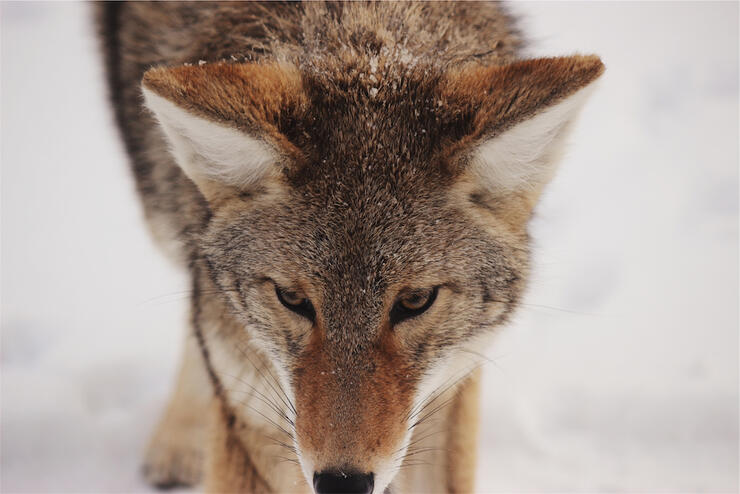
Animal tracking is skill that improves with practice, so take your next trek to the next level and start discovering the life and habits of your furry outdoor neighbours.
A parting word of advice from Back Roads Bill Steer: If you want to learn about wildlife behaviour find a fur harvester or trapper, they are some of the few four season people on the land. They understand the cycle of disease, starvation and predation and that is what nature is all about and why animals make tracks.
Recommended Articles
The Seven's Best Hikes, Biking Trails and Lakes

7 Best Spots to Check Out in The Seven

Budget Bliss: Explore Northeastern Ontario Without Breaking the Bank

Bring Your Fam!

Time to Unwind: 6 Spa Havens to Discover In The Seven
5 Amazing Places to SUP in Northeastern Ontario

5 Amazing Bike Rides to Discover

Northern Lights in Northeastern Ontario

Northeastern Ontario's Best Pride Festivals

Fish for one of the World's Rarest Species of Trout

An Insider's Guide to Manitoulin Island

6 Small-Town Gems to Explore in Northeastern Ontario

11 Best Things to Do in Kapuskasing, Ontario


